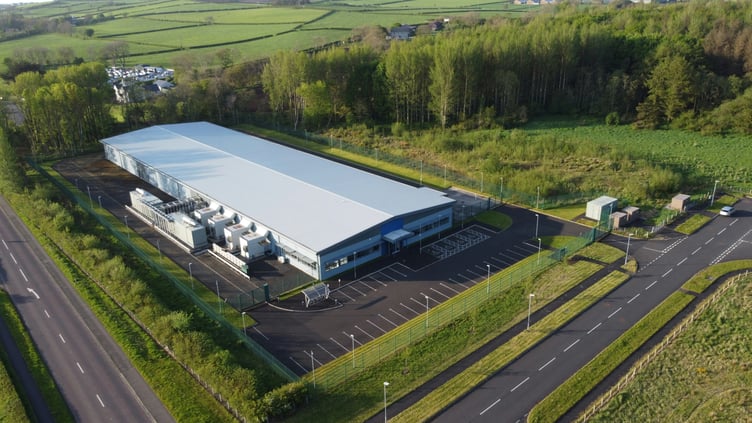The rise of artificial intelligence (AI) has prompted much debate about its implications for human society, from job losses to ethical dilemmas. But one aspect often gets overlooked – AI’s growing environmental impact.
AI is the ability of computer systems to simulate human cognitive functions including learning, problem-solving, decision-making and using natural language. From your smart speaker to sophisticated language models like ChatGPT, AI consumes huge amounts of energy and resources.
When we use AI, energy is not consumed by our personal computers or smart speakers, but by data centres – giant warehouses packed with powerful servers and processing units. A constant supply of electricity is required to operate and cool the equipment.
As much of our electricity still comes from fossil fuels, the rising energy demand of AI contributes to greenhouse gas emissions and climate change. The CEO of the National Grid recently warned that the electricity needed to power data centres is projected to increase six-fold in the next decade.
The Republic of Ireland is ahead of the UK on AI. Dublin hosts the European headquarters of tech giants like Amazon, Google and Meta, and Ireland is home to over 80 data centres. Nearly a fifth of Ireland’s electricity is used by these data centres, and this is impacting the country’s electricity grid. In response, the Irish state-owned grid operator has stopped approving new connections for data centres until 2028, buying time to expand the country’s renewable energy generation.
AI’s water consumption presents an even greater challenge. The powerful servers and processing units needed to train and run large AI models generate constant heat. To prevent overheating, data centres rely on cooling systems that use water. The water consumption for the training phase of OpenAI’s GPT-3 at Microsoft’s data centre in the US was estimated at 4.8 billion litres of water.
There are actions that can be taken to reduce the environmental impacts of AI. Data centres can be located near renewable energy sources, such as wind or solar farms. Some tech companies are already investing in building their own on-site renewable energy facilities. Planning approval for new data centres can be made conditional on integrating renewable energy generation.
Locating data centres in regions with cooler climates reduces the need for energy-intensive mechanical cooling systems. With its cold climate and abundant renewable energy, Iceland is attracting new data centres. Waste heat generated by data centres can be captured and diverted to district heating systems, or to heat sports centres and swimming pools.
The International Monetary Fund (IMF) has suggested a carbon emissions tax on AI servers. This would create a financial incentive for AI operators to invest in more energy-efficient software, hardware and cooling systems. The revenue generated from the tax could then be channelled towards renewable energy development or other green initiatives designed to combat climate change.
As AI continues to embed itself deeper into our lives, it’s important that we take steps to manage its energy and water consumption, along with the many other consequences it will have on our lives.





Comments
This article has no comments yet. Be the first to leave a comment.